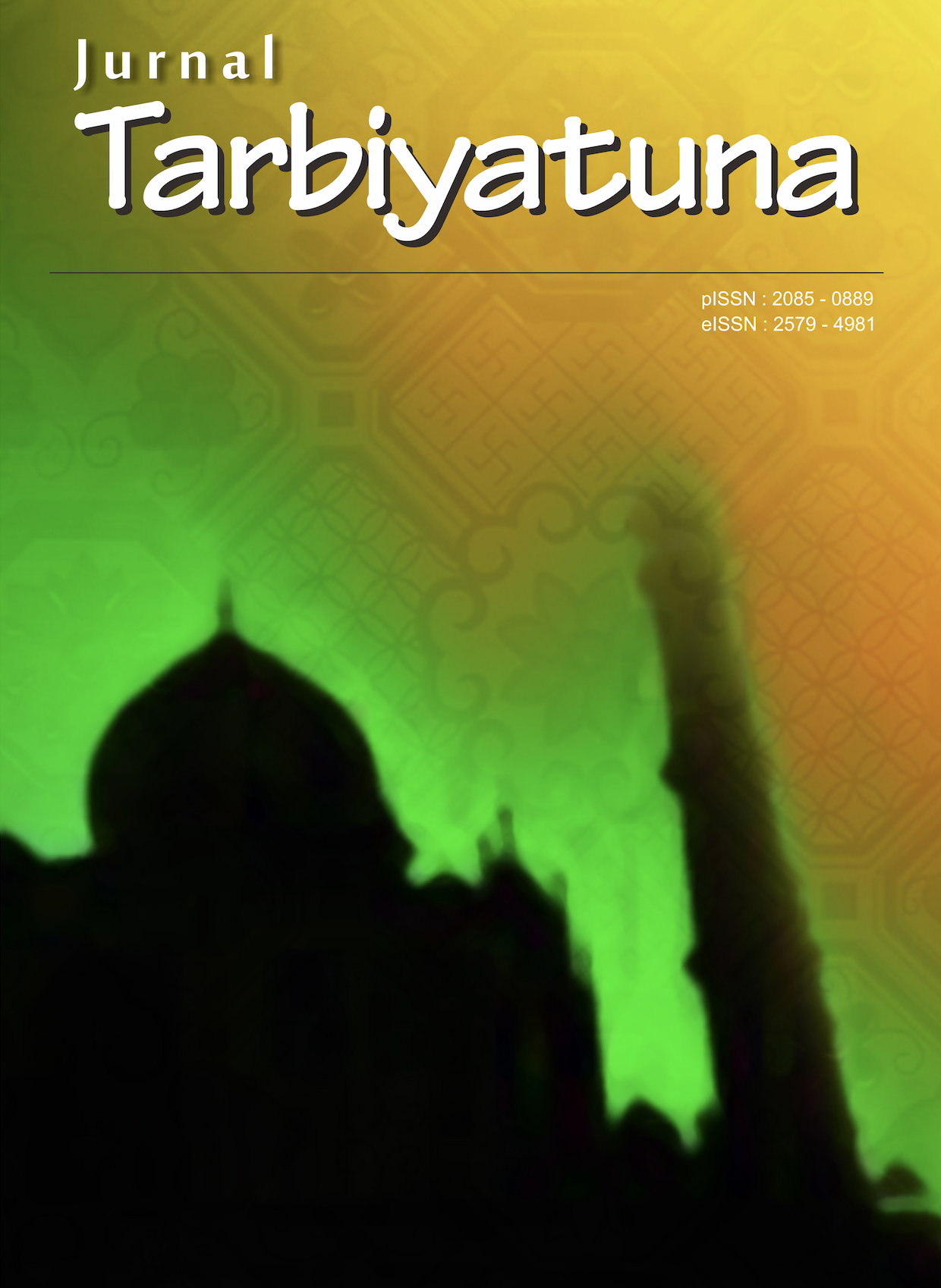Main Article Content
Abstract
The development of self-creativity in children needs to be performed because they possess the interests and talents that are expected to be honed or developed. Therefore, this study aims to test the effect of the Reggio Emilia approach on children's creativity from the Islamic Psychology review. A total of 36 students aged 5-6 years were selected as participants using purposive sampling. Data were collected using the pre-experiment with One Group Pretest-Posttest Design. The result showed that children's creativity increased through aptitude and non-aptitude. This study indicates that 22 and 14 students had Islamic verbal creativity in the average and above-average category respectively. Therefore, the Reggio Emilia approach positively affects children's creativity.
Keywords
Article Details

This work is licensed under a Creative Commons Attribution-NonCommercial 4.0 International License.
References
- Acuna, B.P. 2019. Creative Literary workshops applied to Childhood Education. Journal of Research & Method in Education. Vol. 9(6). p. 14-17.
- Amal, A;dkk. 2019. Pengaruh Reggio Emilia Approach terhadap Kemampuan Bahasa Anak. Jurnal Pendidikan Anak Usia Dini. Vol. 3 (1). h. 48- 55.
- Baum, Susan, Julie Viens, B.S. 2005. Multiple Intelligences in The Elementary Classroom. https:// www.academia. Edu/ Multiple_ Intelligences_in_the_Elementary_Classroom_A-Teacher_Toolkit._
- Cheung, R.H.P. 2010. Designing Movement activities to develop children’s creativity in Early Childhood Education. Journal Early Child Development and Care. Vol.180 (3). p. 377-385.
- Eberle. 2014. The Elements of Play: Toward a Philosophy and a Definition of Play. Journal of Play. Vol. 6. p. 214- 233.
- Eshach, H., & Fried N.N. 2005. Should Science be Taught in Early Childhood? Journal of Science Education and Technology. Vol.14 (3). p. 315-336.
- Ghaza, T; Levy, S.M. 2015. Factors Associated With Early Childhood Caries Incidence Among High Caries-Risk Children. Community Dent Oral Epidemiol. Vol.43. p. 366-374.
- Hurlock, E.B. 1999. Perkembangan Anak (Jilid II). Alih Bahasa. Candrasa dan Zarkasih. Jakarta: Erlangga.
- Kim, B.S; Darling, L.F. 2009. Monet, Malaguzzi, and the Constructive Conversations of Preschoolers in a Reggio. Inspired Classroom. ERIC. Education Resources.
- Kozhevnikov, M; Ho,S; Koh, E. 2021. The Role of Visual Abilities and Cognitive Style in Artistic and Scientific Creativity of Singaporean Secondary School Students. Journal of Creative Behavior. https://doi.org/ 10.1002/ jocb.522.
- Liang, et.all. 2021. Preschool teachers’ pedagogical positioning in relation to children’s imaginative play. Monash University.
- Mujimo. 2013. Manusia Berkualitas Menurut Al-Qur’an Hermeunetik. Vo.7. No.2. hlm. 357-388.
- Munandar, U. 2009. Pengembangan Keativitas Anak Berbakat. Jakarta: Rineka Cipta.
- Nashori, F dan Diana, Rachmi. Mengembangkan Kreativitas. Yogyakarta: Menara Kudus.
- Parwoto. 2016. Model Pengembangan kognitif Berbasis Komputer Dengan Penerapan Pendekatan Reggio Emilia pada Anak Taman Kanak-kanak. Journal of EST. Vol.1 (1). hal. 46-73.
- Putri, Dea.D. 2020. Perancangan Fasilitas Taman Kanak-Kanak Berbasis Pedagogi Reggio Emilia di Kota Bandung. Tesis. (tidak diterbitkan). Institut Teknologi Bandung.
- Santin, M.F; Torruela, M.F. (2017). Reggio Emilia: An Essential Tool to Develop Critical Thinking in Early Childhood. Journal of New Approaches in Educational Research. Vol. 6 (1). p. 50-56.
- Sayekti, T. 2016. Analisis Kurikulum Reggio Emilia. Jurnal Penelitian dan Pengembangan Pendidikan Anak Usia Dini. Vol. 3 (2). h. 143- 154.
- Sutrisno. 2006. Pengembangan Kreativitas Dalam Pendidikan Islam Kontemporer. Jurnal Pendidikan Islam dalam Konsepsi dan Realitas, hlm. 43-85.
- Ward, K.S. 2013 Creative Arts-Based Pedagogies in Early Childhood Education for Sustainability: Challenges and Possibilities. Australian Journal of Environmental Education. Vol.29 (2). p. 165-181.
